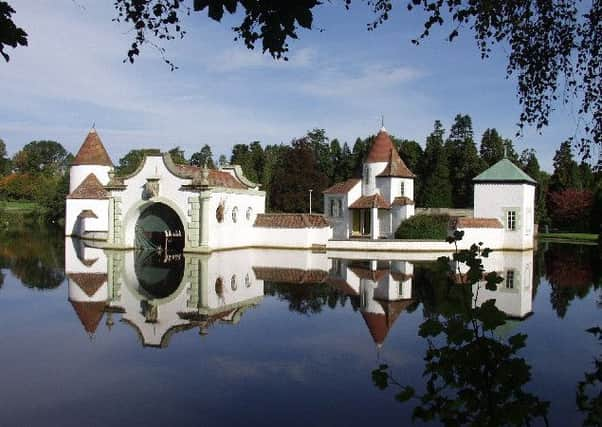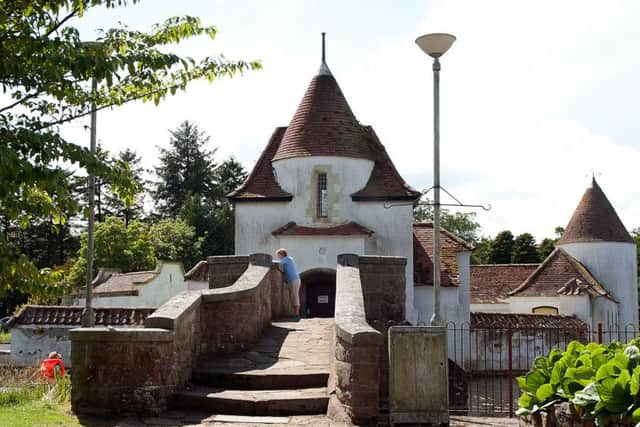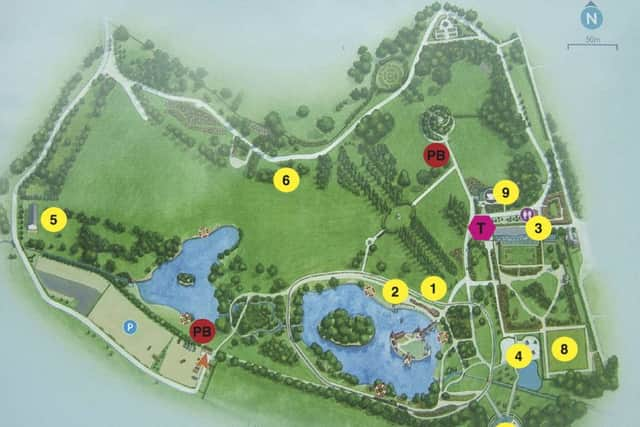Scotland’s hidden wonders: The Dutch Village, Fife


WHAT IS IT?
The Dutch Village is a petite island with its own pond and ornate buildings, located by one of the lakes that makes up Craigtoun Country Park. Two lakes added in 1920 are rumoured to be the product of insurance company demands for a nearby water source in case of fire, and the island itself is now home to pedalos and rowing boats for visitors to rent.
Craigtoun Country Park also features a miniature railway line and bowling green for visitors to enjoy after they’ve viewed the Dutch Village.


WHERE IS IT?
Advertisement
Hide AdAdvertisement
Hide AdWhile the Dutch Village is on the southside of the 47-acre park, just 4 miles south-west of St Andrews. It’s easily accessed via the A915 St Andrews Road by bus or car.
WHEN WAS IT BUILT?
Amendments to the existing park layout were made in 1920, adding the Dutch Village to Craigtoun with lakes and general landscaping practices to make the park more decorative. Craigtoun Country Park itself dates back to the late 1860s, as it was originally part of the Mount Melville Estate for General George Melville of Strathkiness.


Revisions prior to the addition of the Dutch Village included the planting of over 200 trees in 1790 for the Melville family, who owned the property until 1901 when it was taken over by Dr James Younger, a brewing baron.
WHO DESIGNED IT?
The park’s long history has seen changes wrought by many hands, with Manchester-born Paul Waterhouse designing the Dutch Village and continuing his personal interest in designing public buildings across the United Kingdom. The mansion itself was altered with the designs of Scots-born James Gillespie Graham, who also oversaw the remodelling of Brodick Castle in 1844.
IS IT A TOURIST ATTRACTION?
After being taken over by Fife County Council in 1947, the park’s mansion has slowly fallen into neglect. But a revival of the Dutch Village may be afoot: community group Friends of Craigtoun Park have shared the running of the park’s amenities since in 2012, with a number of improvements to existing facilities made already.
As of September 2015, the pond in the Dutch Village has been drained and inspections are underway to assess the likelihood of it being restored in future.